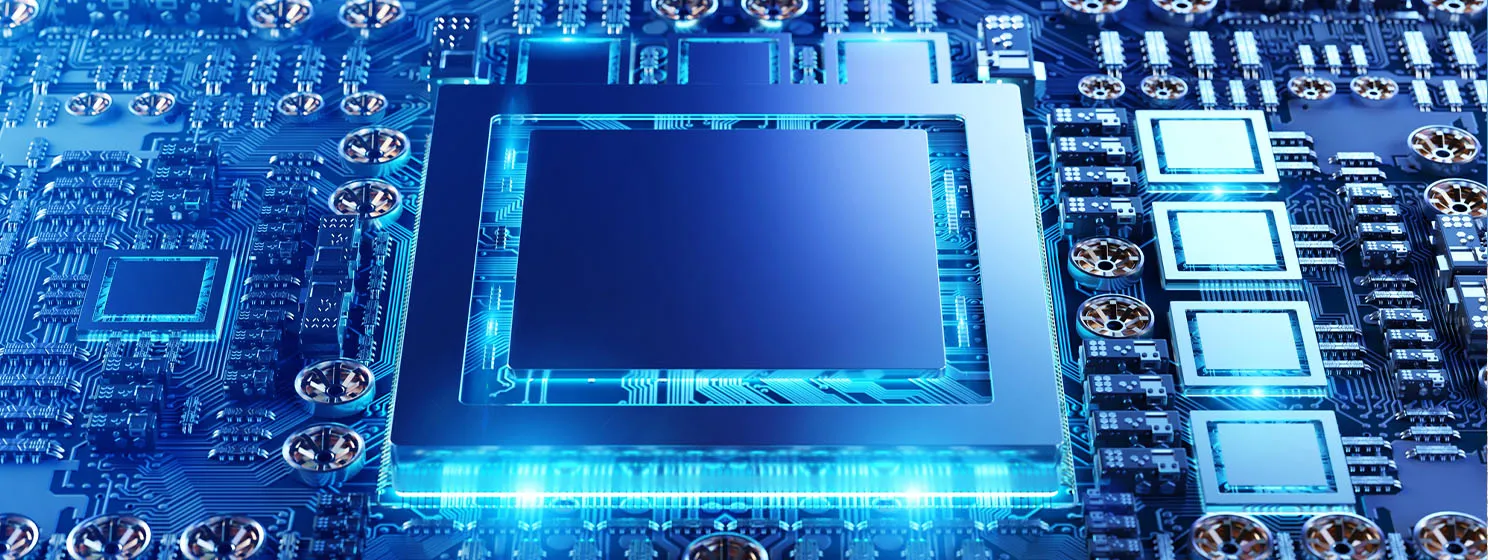|
Getting your Trinity Audio player ready...
|
This post is a guest contribution by George Siosi Samuels, managing director at Faiā. See how Faiā is committed to staying at the forefront of technological advancements here.
Microsoft’s (NASDAQ: MSFT) recent unveiling of the Majorana 1 chip marks a pivotal moment in the evolution of quantum computing. This breakthrough, achieved after nearly two decades of research, leverages the unique properties of Majorana fermions to create more stable and scalable qubits.
While practical, large-scale quantum computers remain years—if not decades—away, this development can potentially accelerate the timeline for achieving quantum advantage. For industries like blockchain, this milestone prompts both excitement and caution.
Implications for blockchain and Bitcoin
As an entrepreneur deeply involved in the blockchain and Bitcoin sectors over the years, this advancement prompts a multifaceted reflection point.
With their unparalleled processing capabilities, Quantum computers pose challenges and opportunities for blockchain technology. On the one hand, the enhanced computational power could threaten existing cryptographic algorithms, such as RSA and elliptic curve cryptography (ECC), which underpin the security of most blockchain systems. This necessitates a transition to quantum-resistant protocols, a complex, time-consuming process fraught with technical challenges.
On the other hand, quantum computing could offer unprecedented efficiencies and capabilities in processing blockchain transactions and smart contracts. For example, quantum algorithms like Grover’s and Shor’s could optimize consensus mechanisms or enable faster transaction verification. However, these benefits will only materialize once quantum computers reach a level of maturity that allows them to operate reliably at scale—a milestone that remains uncertain in the near term.
Reflections on the Tuvalu National Digital Ledger project
Reflecting on the Tuvalu National Digital Ledger (TNDL) project, which I had the honor of leading, the timing of Microsoft’s breakthrough offers a serendipitous perspective. Our initial phase focused on exploring blockchain solutions to preserve Tuvalu’s cultural heritage and establish a blockchain-based digital infrastructure. The decision to delay Phase 2 now appears fortuitous, as it allows nations like Tuvalu to consider emerging quantum computing advancements, ensuring that blockchain solutions are robust and future-proof.
This pause provides an opportunity to assess and incorporate the latest developments in blockchain and artificial intelligence (AI), aligning with the unique needs of nations like Tuvalu. For instance, various companies are actively exploring lattice-based cryptography and hash-based signatures, which are considered promising candidates for quantum-resistant algorithms. By embedding these technologies into the TNDL framework, we at Faiā aim to create more systems that can withstand potential quantum threats while remaining accessible, user-friendly, and culturally sensitive for citizens like Tuvalu’s.
Emphasizing human-centric technological integration
Amid rapid technological evolution, keeping human values at the forefront is imperative. Tools like CSTACK.ai are instrumental in this endeavor, enabling organizations to align their technological infrastructure with their core values and operational culture. By ensuring that technology serves humanity rather than the reverse, we can foster environments where innovation thrives in harmony with societal well-being.
For blockchain projects like TNDL, this means prioritizing accessibility, transparency, and inclusivity. It also means engaging local communities in designing and implementing digital solutions, ensuring that they reflect the unique cultural and social contexts of the people they serve.
Navigating the intersection of quantum computing and blockchain
The convergence of quantum computing and blockchain technology heralds a transformative era. For stakeholders in the blockchain space, this intersection necessitates proactive adaptation:
- Investing in Quantum-Resistant Cryptography: Transitioning to quantum-resistant cryptographic protocols is not trivial. Organizations must begin by auditing their current cryptographic systems and identifying vulnerabilities. Specific algorithms, such as lattice-based cryptography (e.g., Kyber and Dilithium) and hash-based signatures (e.g., SPHINCS+), are being standardized by bodies like the National Institute of Standards and Technology (NIST) and should be considered part of this transition.
- Leveraging Quantum Capabilities: While quantum computers pose a threat to current cryptographic systems, they also offer opportunities to enhance blockchain performance. For example, quantum algorithms could optimize proof-of-work (PoW) mechanisms or improve the efficiency of Zero-Knowledge Proofs (ZKPs). Exploring these possibilities requires collaboration between quantum researchers and blockchain developers.
- Community Engagement and Education: Empowering communities with knowledge and tools to navigate and contribute to this technological paradigm shift is crucial. This includes educating developers, policymakers, and end-users about the implications of quantum computing and the steps needed to prepare for it.
A balanced perspective on quantum computing
While the Majorana 1 chip represents a significant milestone, it is important to temper optimism with realism. Quantum computing is still in its infancy, and many technical challenges remain unresolved. For instance, quantum error correction—a critical component of building reliable quantum computers—is still an active area of research. Additionally, scaling quantum systems to the point where they can outperform classical computers for real-world applications is a formidable task.
Moreover, the transition to quantum-resistant cryptography is not without its challenges. Implementing new cryptographic standards across global blockchain networks will require significant coordination and resources. Organizations must begin preparing now but also recognize that this process will take time.
Conclusion
Microsoft’s Majorana 1 chip signifies a leap in quantum computing and serves as a catalyst for introspection and strategic planning within the blockchain community. By embracing these advancements thoughtfully and aligning them with human-centric values, we can navigate this transformative landscape to the benefit of all.
For projects like the TNDL, this means leveraging emerging technologies to build resilient and inclusive systems. For the broader blockchain ecosystem, it means investing in quantum-resistant cryptography, exploring the potential of quantum computing, and fostering a culture of education and collaboration.
In conclusion, while the quantum era presents both challenges and opportunities, one thing is clear: the future belongs to those who prepare for it today.
Watch: Adaptable blockchain system to tackle real-world problems

 09-06-2025
09-06-2025 





